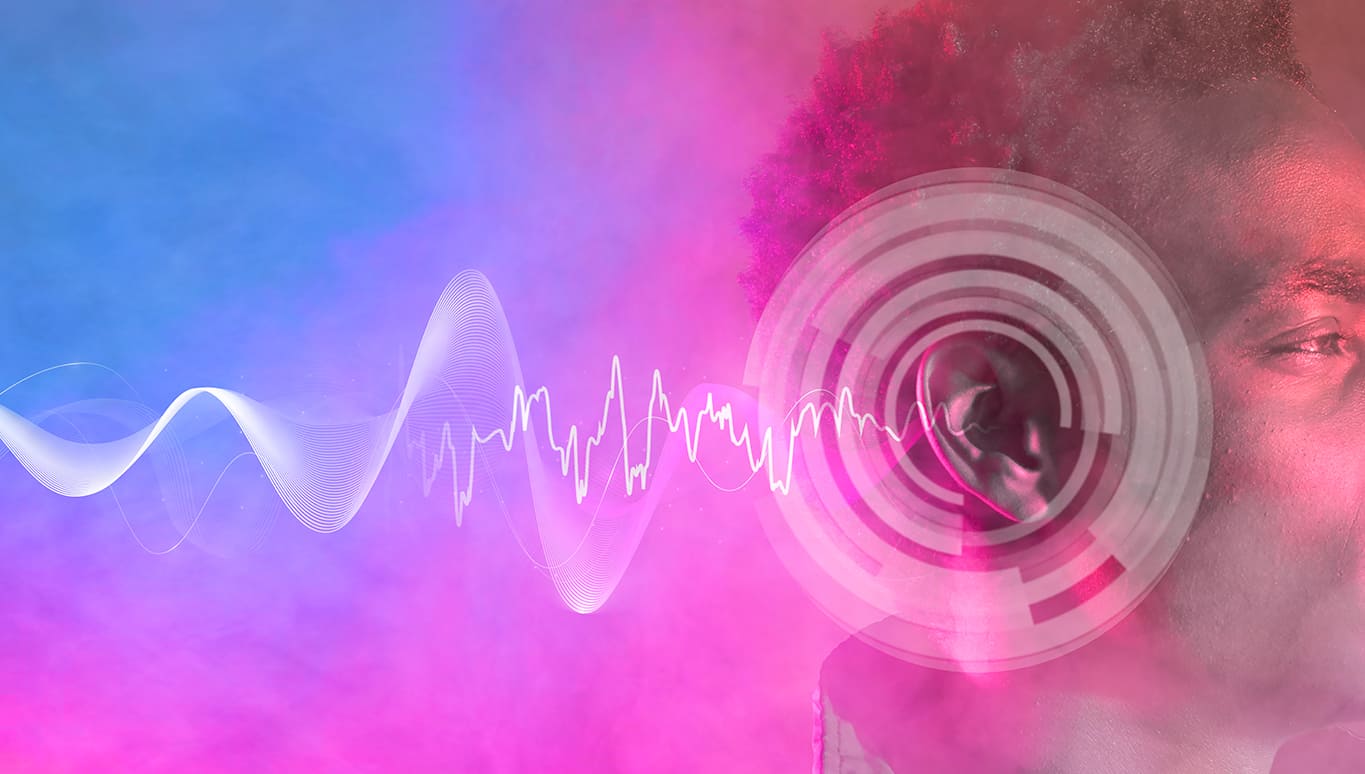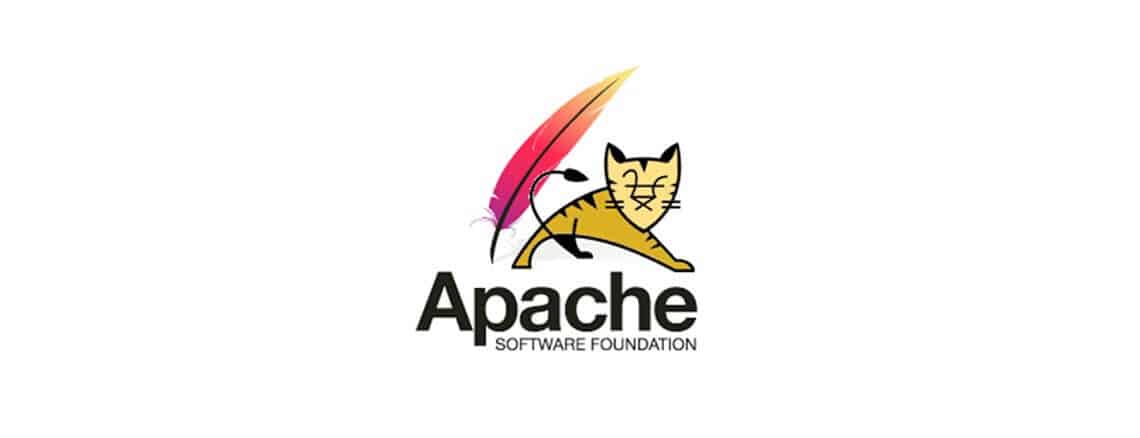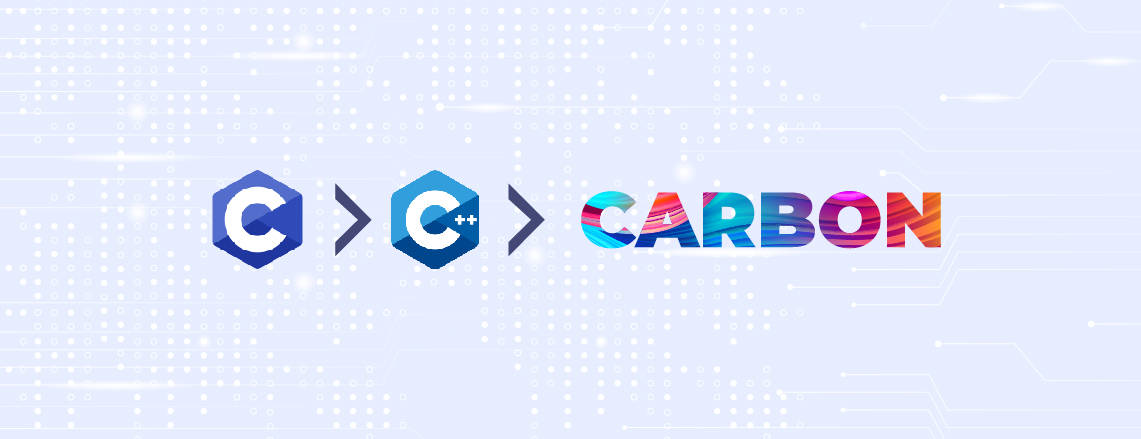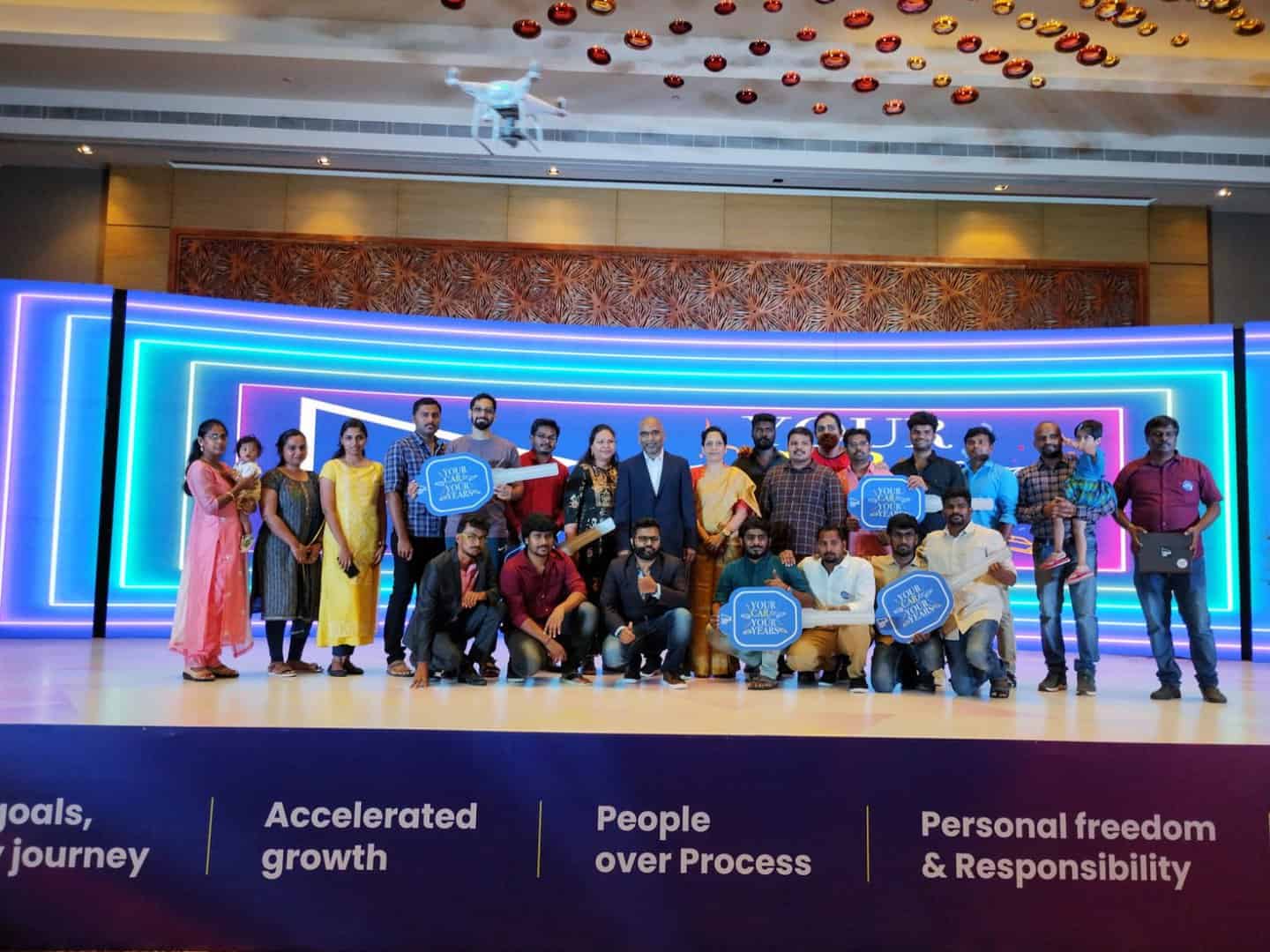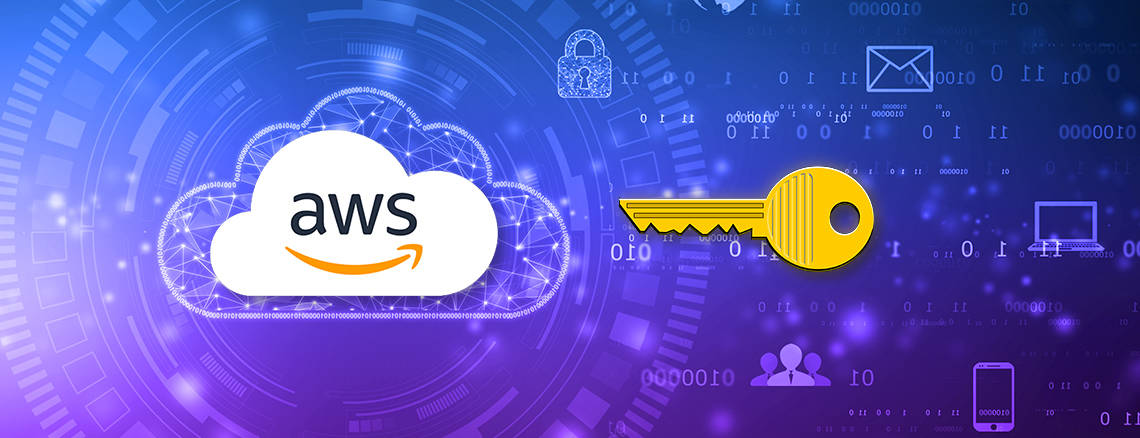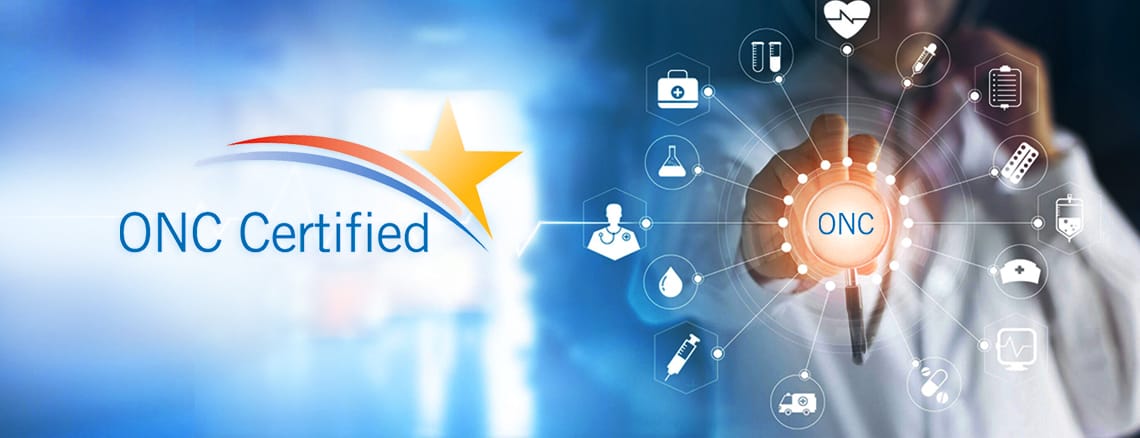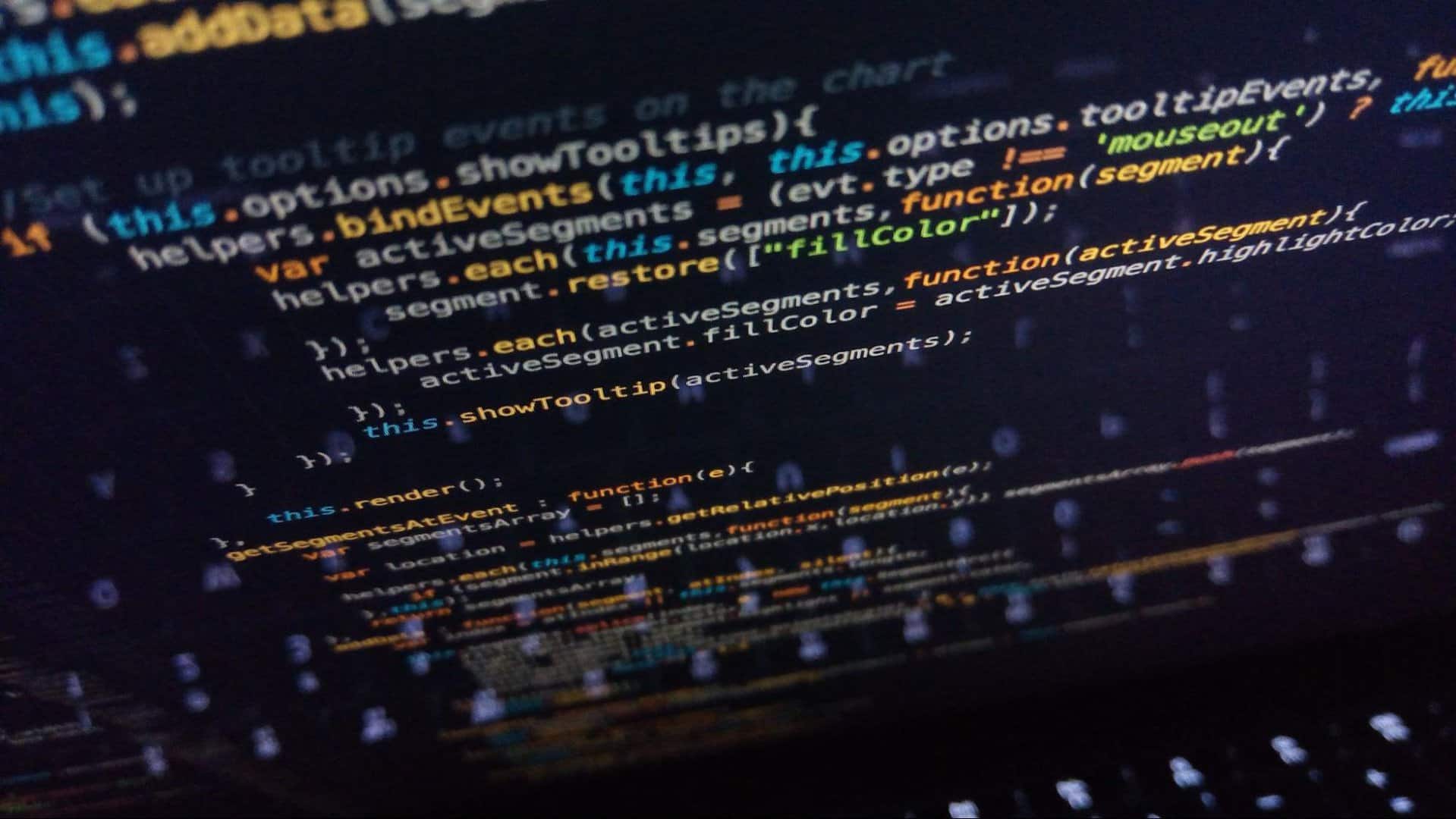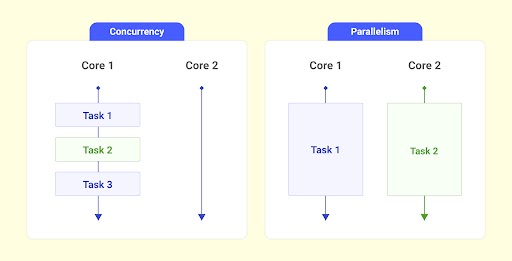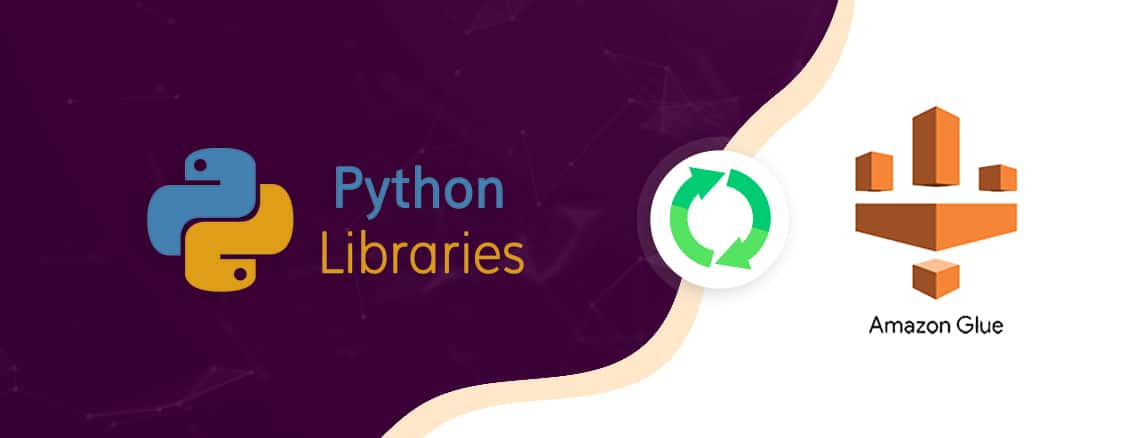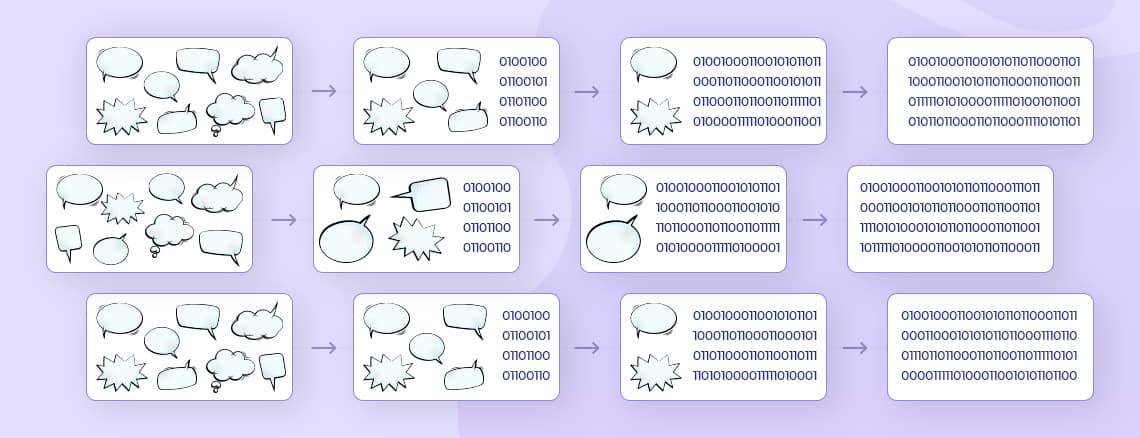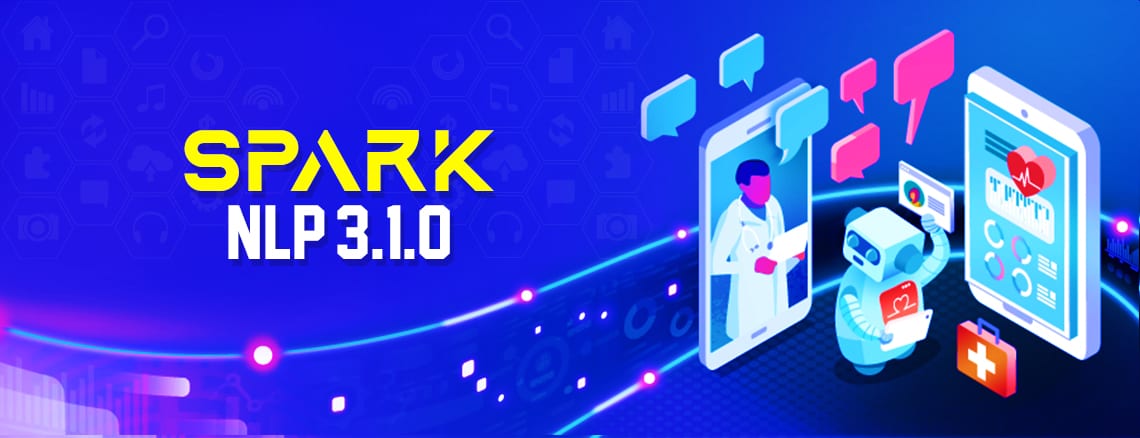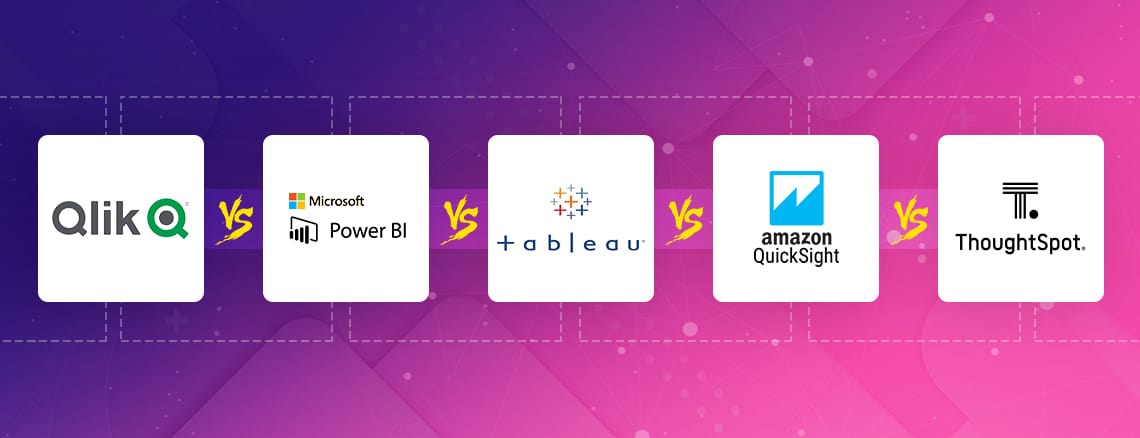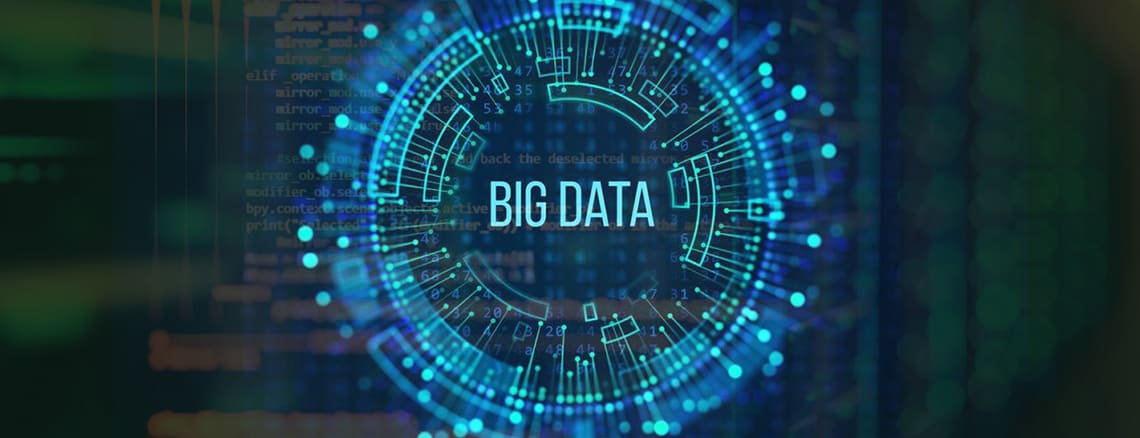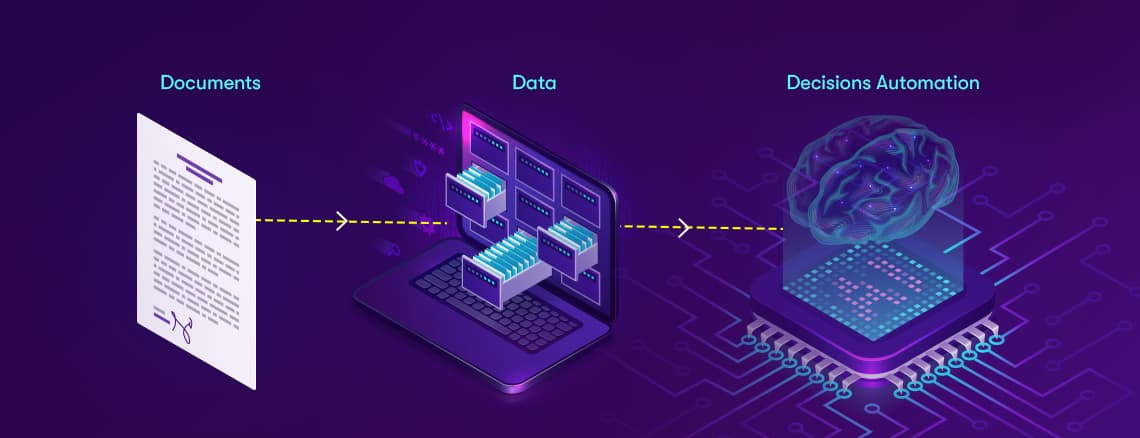Data migration is the process of moving data from one source to another. In most cases, this data is moved from SAP HANA to Snowflake. Why? Both systems offer some great benefits that you may find appealing.
For example, data migration from SAP HANA to Snowflake can help you improve performance, optimize your data warehouse, and access more data in a faster manner.
To help you get started with data migration, this blog provides a step-by-step guide that covers all the essential details. So whether you're looking to move data from SAP HANA to Snowflake for business reasons or just to make your data warehouse more efficient, read on!
Step-by-step guide for Data Migration from SAP HANA to Snowflake
Migrating data from SAP HANA to Snowflake is an important step in transforming your business. In this guide, we will walk you through each step of the data migration process, from planning to execution.
Make sure to follow our best practices to ensure a smooth migration and a successful implementation of Snowflake.Data migration from SAP HANA to Snowflake is a critical step in achieving business agility.
The cloud-based platform ensures that your data is always available when you need it most, while the built-in data migration tool makes the process easy and efficient. You can migrate your data in stages, which helps reduce the risk of errors occurring along the way.
Step 1: Analyze
Moving data from SAP HANA to Snowflake is a complex process that requires careful planning and execution. To ensure a smooth migration, start by assessing what needs to be transferred and creating a plan for the migration.
Use Snowflake’s powerful migration toolkit to speed up the process and make the transfer as painless as possible. Make sure to analyze what data needs to be transferred before starting the migration process.
There are a variety of tasks that need to be completed, such as data cleanup and depersonalization.
Step 2: Low-Level Design/Execution Plan
Data migration from SAP HANA to Snowflake is a big undertaking, and it's important to plan for the best possible outcome. That’s where a low-level design and execution plan come in handy. It should include a detailed description of the tables and columns being moved, as well as the expected performance impacts. Additionally, the plan should include a timeline for the migration, as well as a list of all user transactions that need to be captured and processed in advance.
Last but not least, always test the migrated data before finalizing the transfer! By doing all of this, you can ensure a smooth and successful data migration from SAP HANA to Snowflake.Check out these other blogs about Snowflake:
- What Is Snowflake Data Cloud?
- 5 Benefits of Snowflake Data Warehouse
- What Makes Snowflake Different?
Step 3: Set Up SAP Hana & Snowflake Account
The data migration process is finally set! Now it's time to put everything into action. The first step is to follow the instructions to create an account on Snowflake. After that, you'll need to connect your HANA database to Snowflake.
Make sure that all your deployment settings are updated so that they match those on your old system. Once everything is set up, you're ready to start data migration!
Step 4: Build a Data Extractor from SAP Hana
It's important to note that data migration is a time-consuming process, so make sure you have the right tools and expertise at your disposal. To make the process even easier, consider using a data extraction tool.
This will help you transfer all the necessary data from SAP HANA to Snowflake in a simple and efficient manner. The final step in data migration is to build a data extractor from SAP. This will allow you to easily access and analyze the data that has been migrated.
Step 5: Create Snowflake Tables
In this final step of the data migration process, we need to create a Snowflake tables migration script. Make sure to have a plan for how you'll structure the tables once they're in Snowflake, and be mindful of any dependencies between them. Also, be sure to use an ETL process that exports and imports the data in its most consumable form.
Step 6: Load into Snowflake
In step 6 - loading data into Snowflake. Before getting started, it's important to back up the SAP HANA database. Next, create a staging area in Snowflake for your data.
After you've exported your data, add it to your new schema in Snowflake. Make any necessary adjustments, and then export the data to Snowflake. Finally, load the data into the staging area and make sure it's working as expected.
If everything goes according to plan, you're ready to move on to the next stage - incorporating the data into your business applications!
Step 7: Do it on Schedule
There's no need to agonize over data migration anymore. With Snowflake, it's easy and straightforward. In this final step, make sure that everything goes according to plan.
Avoid any last-minute surprises and make sure you have all the necessary tools and resources ready before starting. As for the migration process, follow our detailed steps and create a Migration Schedule to make sure everything goes as smoothly as possible.
Make sure you have all the data you need before starting - data migration can be time-consuming, so make sure you're prepared!
Step 8: Optimizations
Next, identify and eliminate duplicate tables, optimize join queries, and more. By doing so, you'll minimize the data that needs to be moved and improve performance overall. In the end, one of the best practices for data migration from SAP HANA to Snowflake is to perform optimizations. This will help you optimize data warehouse tables for faster data retrieval and reduce the load on the data warehouse.
Can I use a tool?
Migration is never easy, but it can be made a lot easier with the help of the right tool. When it comes to data migration, there are many different tools available, so it's important to select the right one for your needs. Make sure you have a good understanding of the tool before starting, as well as a timeline and plan for how long the migration will take.
In Over Your Head With a Snowflake Migration?
Learn about Ideas2IT’s Snowflake Data Warehouse& Cloud Services
What should be included in a data migration plan for SAP HANA to Snowflake?
When planning a data migration from SAP HANA to Snowflake, it's important to first determine what data will be required. Once this data has been identified, it can then be evaluated for its impact on users and businesses. Finally, governance and security measures must be in place during the migration process to ensure a successful outcome.
Should I use an external consultant to help with my data migration project?
Yes, it can be helpful to use an external consultant to help with your data migration project. There are many different tools and methods available for data migration, so it's important to choose the one that best suits your needs. An experienced data migration consultant can guide you through all of the steps involved in migration, from planning to execution. This can save you a lot of time and energy, making the process smoother and more efficient.
What are some common problems that occur when data is migrated from SAP HANA to Snowflake?
When data is migrated from SAP HANA to Snowflake, there are a few important things to keep in mind. One of the most common problems that occurs during data migration is data corruption. To reduce the risk of data corruption, it is important to follow established best practices for database development and deployment.
This means making sure that all data is entered correctly into both tables and fields, using the correct data type, and undergoing trial and error testing before proceeding with the migration.
Another problem that can occur during data migration is incompatibility between software modules. For instance, if a table in SAP HANA is linked to a table or view in Snowflake, there may be problems when the data is migrated.
These problems can include errors caused by differences in the formats of the two databases, as well as incompatibility issues between software modules. So, to minimize the risk of data migration problems, it's important to pay close attention to these three tips:
- Make sure all data is entered correctly into both tables and fields- use the correct data type
- Perform trial and error testing before starting the data migration and try different methods to see if any compatibility issues occur
- Check for any links between tables and views if any links exist
How can I minimize the impact of data migration on my business?
There are several important steps you can take to minimize the impact of data migration on your business. First, carefully plan your data migration process to avoid any potential interruptions to your business operations. Make sure to use coordinated tools and processes throughout the data migration process to minimize disruptions and ensure a smooth transition for all stakeholders.
Additionally, identify and properly account for any dependencies between your SAP HANA and Snowflake datasets, in order to avoid unexpected issues during the migration process.
Continually monitor migrated data against expected results, as well as updated KPIs or other performance indicators, to ensure the successful completion of the project.
What are the benefits of migrating to SAP HANA?
Data migration from SAP HANA to Snowflake can be a great way to improve your organization's performance and scalability. Not only will you achieve improved security and compliance, but you'll also see increased performance and reduced data storage costs. Furthermore, the migration process is typically smooth and doesn't require any downtime or disruption of services.
Conclusion
By following the step-by-step guide outlined in this blog, you can ensure a successful data migration from SAP HANA to Snowflake. By analyzing your data needs and designing a low-level execution plan, you will be able to load your data into Snowflake on schedule. Data migration can be a big challenge, especially for an organization that’s never had to navigate one before. At Ideas2IT, we handle Data migrations between a variety of different data warehouse structures. Our technicians are certified in Snowflake data warehouse management and are ready to serve you. Contact us for a consultation to see what Ideas2IT can do for you.------------
FAQ
Why is Snowflake better than SAP HANA?
Snowflake revolutionizes data storage, processing, and analytics with superior speed, user-friendliness, and remarkable flexibility compared to conventional solutions. Unlike traditional databases or "big data" platforms like Hadoop, Snowflake's data platform entirely built on its own unique technology stack.
Can Snowflake connect to SAP?
Yes, Snowflake can connect to SAP systems. Snowflake supports various data connectors and integration methods, including ODBC and JDBC connectors, which can be used to establish connections to SAP systems and retrieve data from them. However, the specific configuration and setup may vary depending on your SAP system's version and the requirements of your integration project.
Can Snowflake replace SAP?
Snowflake is a powerful solution for modern data analytics and warehousing, offering agility and scalability. While it doesn't replace SAP, integrating Snowflake with SAP can elevate your data-driven capabilities, enhancing agility and insights across your organization.































.png)


.png)


.webp)
